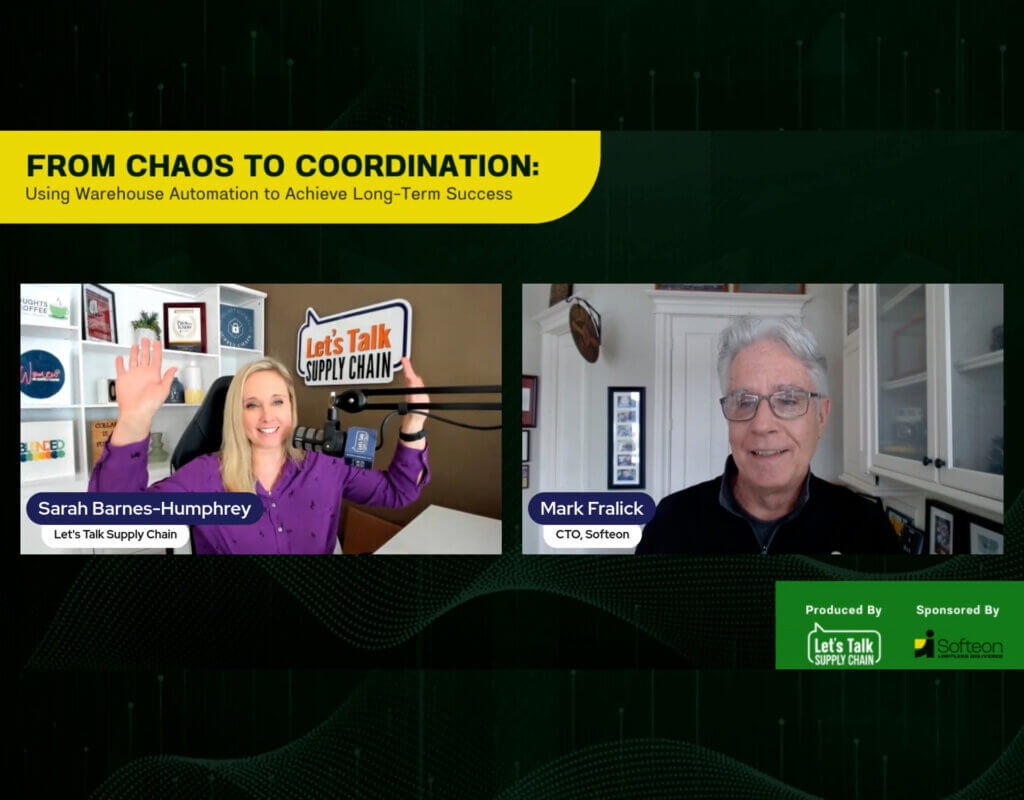07.13.21
by Roberto Michel
In Softeon’s WES, says Gilmore, a dynamic rules engine provides the software intelligence to handle automated order release, but the WES’s intelligence is also at play in simulating what might happen later in a shift. Such simulations work over a time-phased, hourly horizon by process area or zone, explains Gilmore, projecting when certain areas might be over-staffed or understaffed, and recommending adjustments, such as adding people to a picking process, or a packout process, or opening up more resources like additional put-wall modules or pack-out areas.
“This capability allows you to realign those resources from places where you will be overstaffed to places where you are understaffed, and it can do that automatically. A lot of companies will start out with the system, first making a recommendation until they get to really trust the system. But once they see the system is consistently making good decisions, they let it go to full autonomous mode [on such dynamic resource adjustments],” says Gilmore.
WES vendors vary in their capabilities, says Gilmore, so while continuous order release capability is fairly common among WES vendors, don’t expect every WES solution to be able to perform time-phased simulations. But such ability to look ahead and guide managers on what to do as the day unfolds is going to be increasingly important, Gilmore predicts. “WES is always listening, if you will, to what is happening in the warehouse, and using that to make smarter decisions. That is why WES is central to the concept of the smart warehouse of the future.”
Source: Modern Materials Handling




